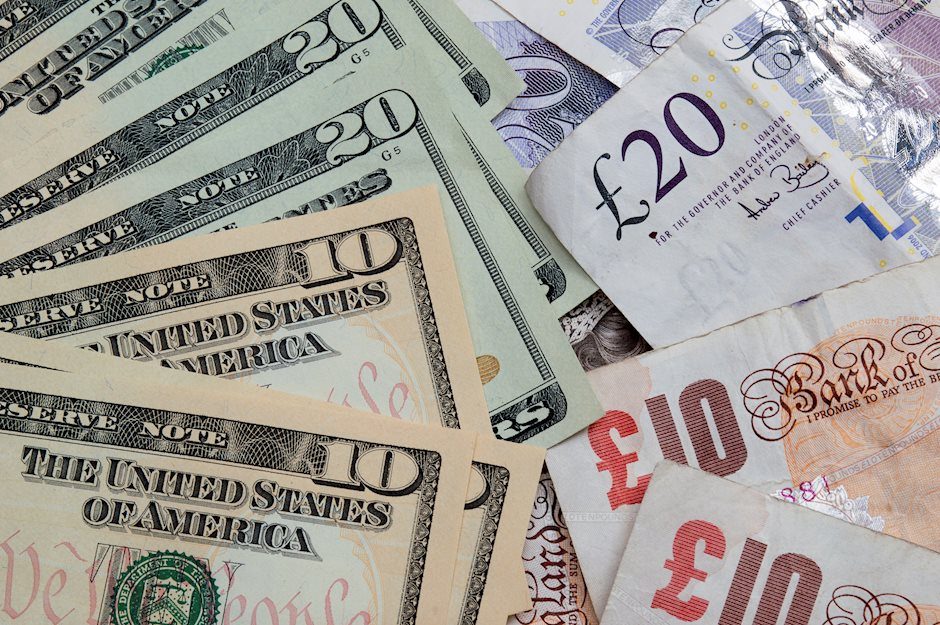GBP/USD Price Forecast: Climbs above 1.3100 as Fed rate cut speculation intensifies
- GBP/USD resumes uptrend, bouncing off 1.3114, with bullish momentum supported by a rising RSI.
- A break above 1.3150 could target 1.3200 and the September 6 high at 1.3239, followed by the YTD high of 1.3266.
- Downside risks include a drop below 1.3114, which would expose 1.3100, with further support at 1.3031.

The GBP/USD edges higher during the North American session, registering gains of over 0.18%, due to increasing expectations that the US Federal Reserve could cut rates by 50 basis points next week. At the time of writing, the pair trades at 1.3147 after bouncing off daily lows of 1.3114.
GBP/USD Price Forecast: Technical outlook
The GBP/USD resumed its uptrend, as buyers stepped in once the pair hit a weekly low of 1.3001. Momentum is bullish, as depicted by the Relative Strength Index (RSI), aiming up after dipping to the 50 neutral line. This and further US Dollar weakness, paves the way for further upside.
If GBP/USD climbs decisively above 1.3150, it will expose the psychological figure of 1.3200. Once surpassed, the next stop would be 1.3239, the September 6 high, ahead of the year-to-date (YTD) high of 1.3266.
Conversely, if sellers drive price action below the 1.3114 daily low, this will expose 1.3100. On further weakness, the next support would be Thursday’s low of 1.3031.
GBP/USD Price Action – Daily Chart
Pound Sterling FAQs
The Pound Sterling (GBP) is the oldest currency in the world (886 AD) and the official currency of the United Kingdom. It is the fourth most traded unit for foreign exchange (FX) in the world, accounting for 12% of all transactions, averaging $630 billion a day, according to 2022 data. Its key trading pairs are GBP/USD, aka ‘Cable’, which accounts for 11% of FX, GBP/JPY, or the ‘Dragon’ as it is known by traders (3%), and EUR/GBP (2%). The Pound Sterling is issued by the Bank of England (BoE).
The single most important factor influencing the value of the Pound Sterling is monetary policy decided by the Bank of England. The BoE bases its decisions on whether it has achieved its primary goal of “price stability” – a steady inflation rate of around 2%. Its primary tool for achieving this is the adjustment of interest rates. When inflation is too high, the BoE will try to rein it in by raising interest rates, making it more expensive for people and businesses to access credit. This is generally positive for GBP, as higher interest rates make the UK a more attractive place for global investors to park their money. When inflation falls too low it is a sign economic growth is slowing. In this scenario, the BoE will consider lowering interest rates to cheapen credit so businesses will borrow more to invest in growth-generating projects.
Data releases gauge the health of the economy and can impact the value of the Pound Sterling. Indicators such as GDP, Manufacturing and Services PMIs, and employment can all influence the direction of the GBP. A strong economy is good for Sterling. Not only does it attract more foreign investment but it may encourage the BoE to put up interest rates, which will directly strengthen GBP. Otherwise, if economic data is weak, the Pound Sterling is likely to fall.
Another significant data release for the Pound Sterling is the Trade Balance. This indicator measures the difference between what a country earns from its exports and what it spends on imports over a given period. If a country produces highly sought-after exports, its currency will benefit purely from the extra demand created from foreign buyers seeking to purchase these goods. Therefore, a positive net Trade Balance strengthens a currency and vice versa for a negative balance.
Author

Christian Borjon Valencia
FXStreet
Christian Borjon began his career as a retail trader in 2010, mainly focused on technical analysis and strategies around it. He started as a swing trader, as he used to work in another industry unrelated to the financial markets.


















